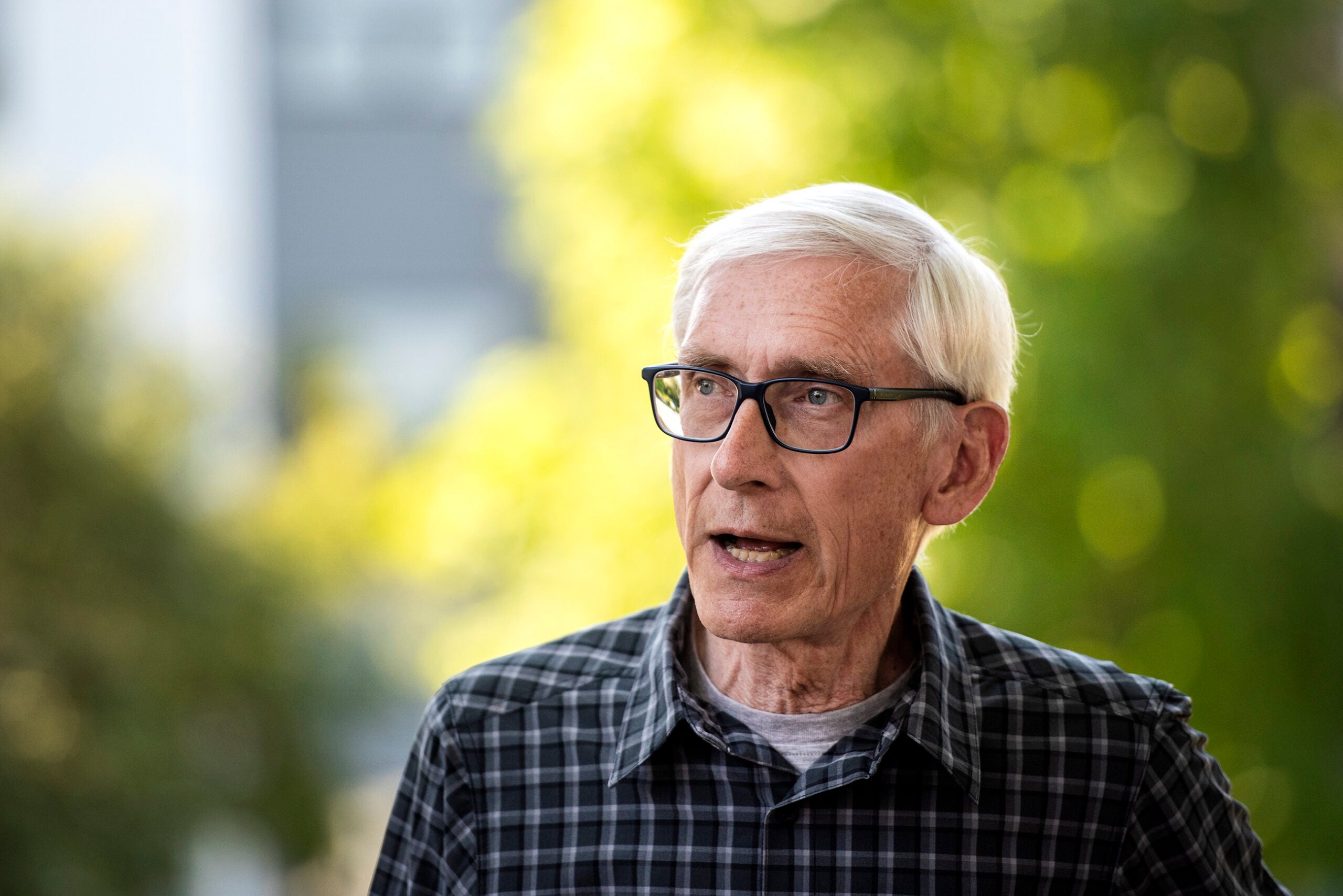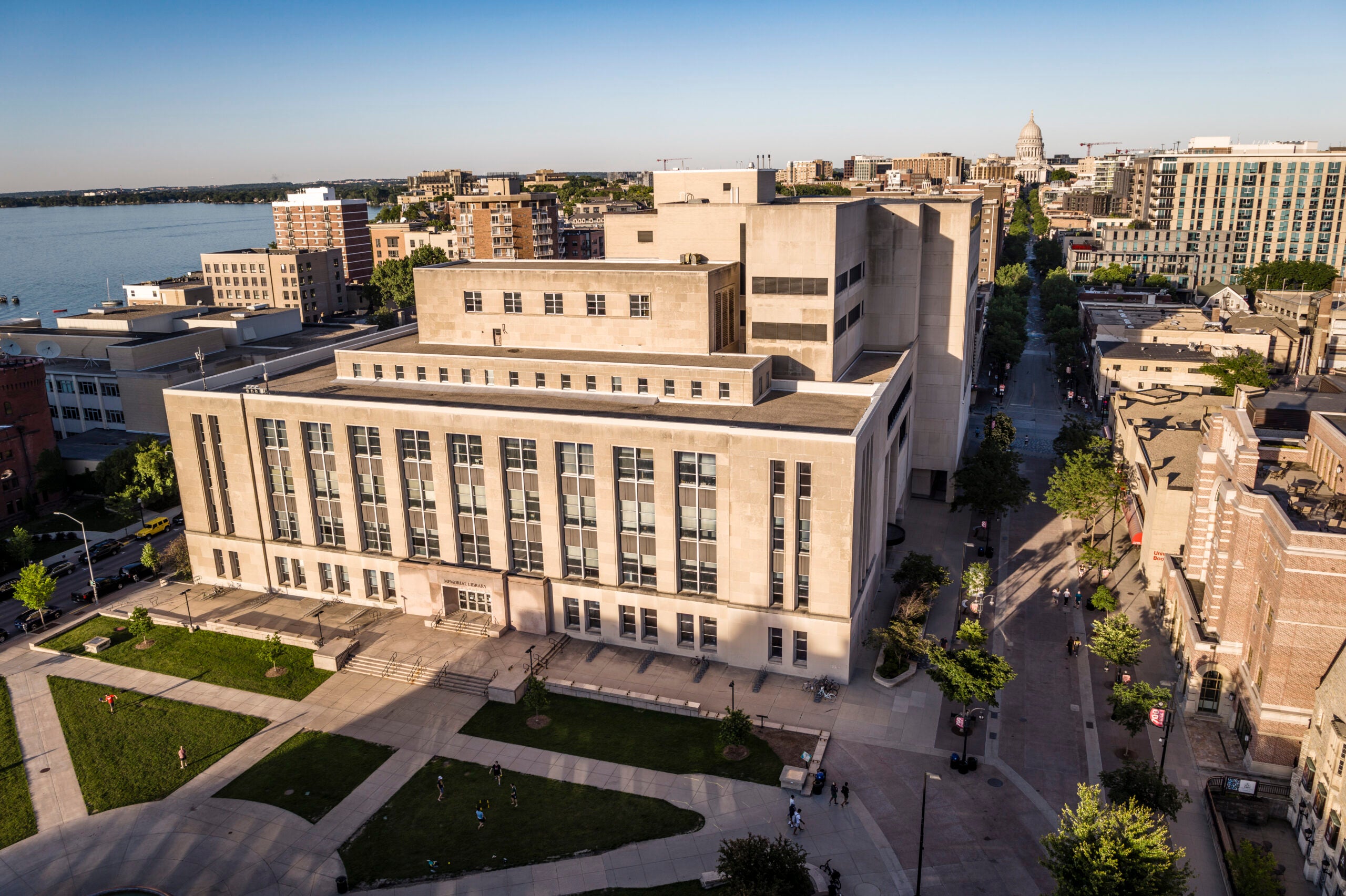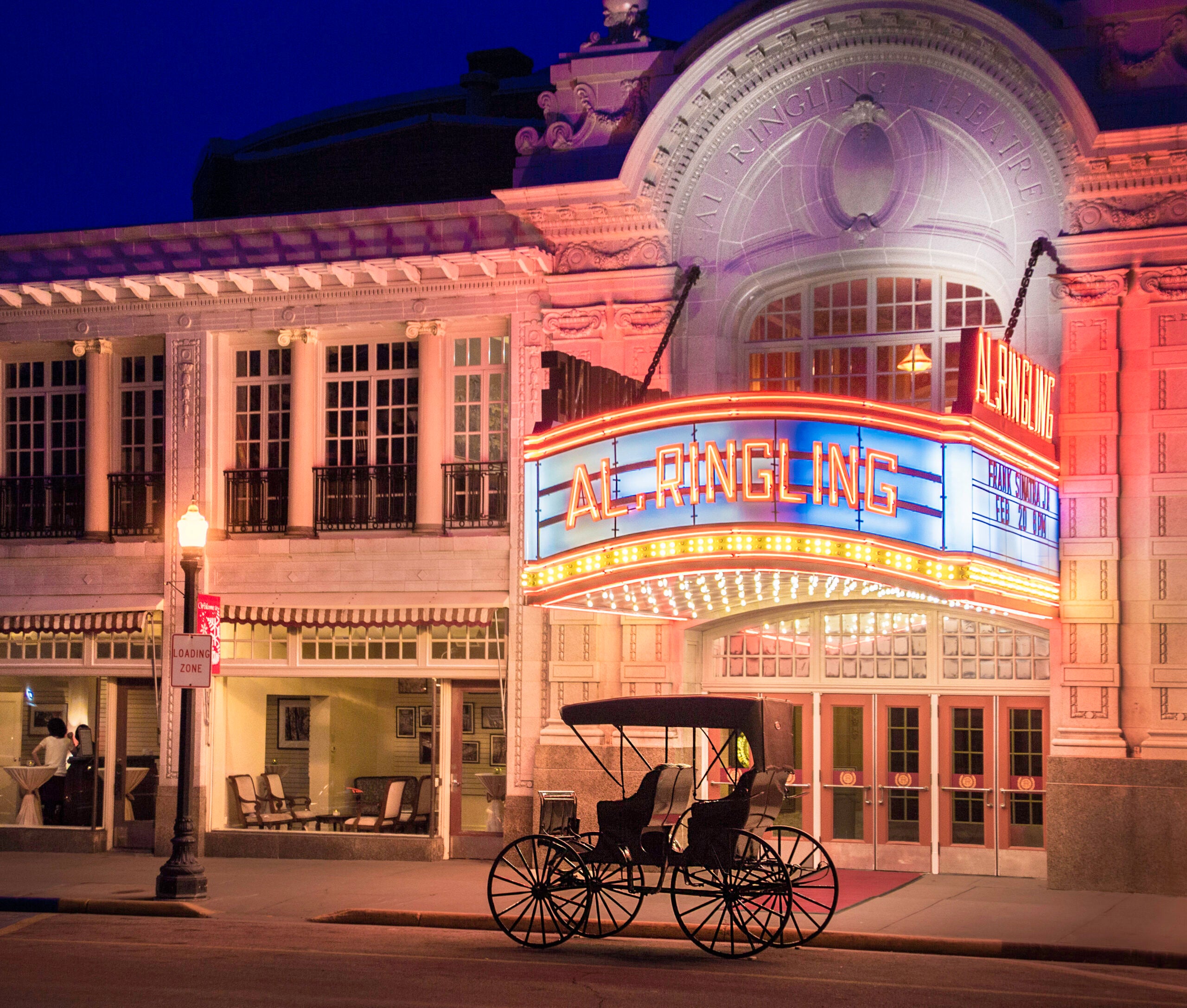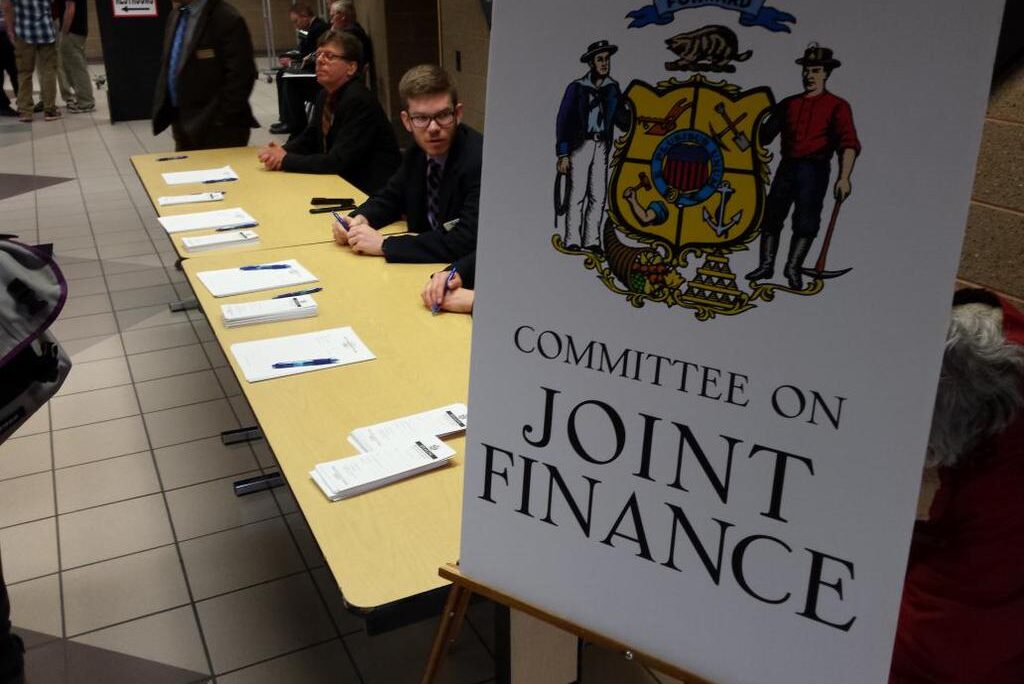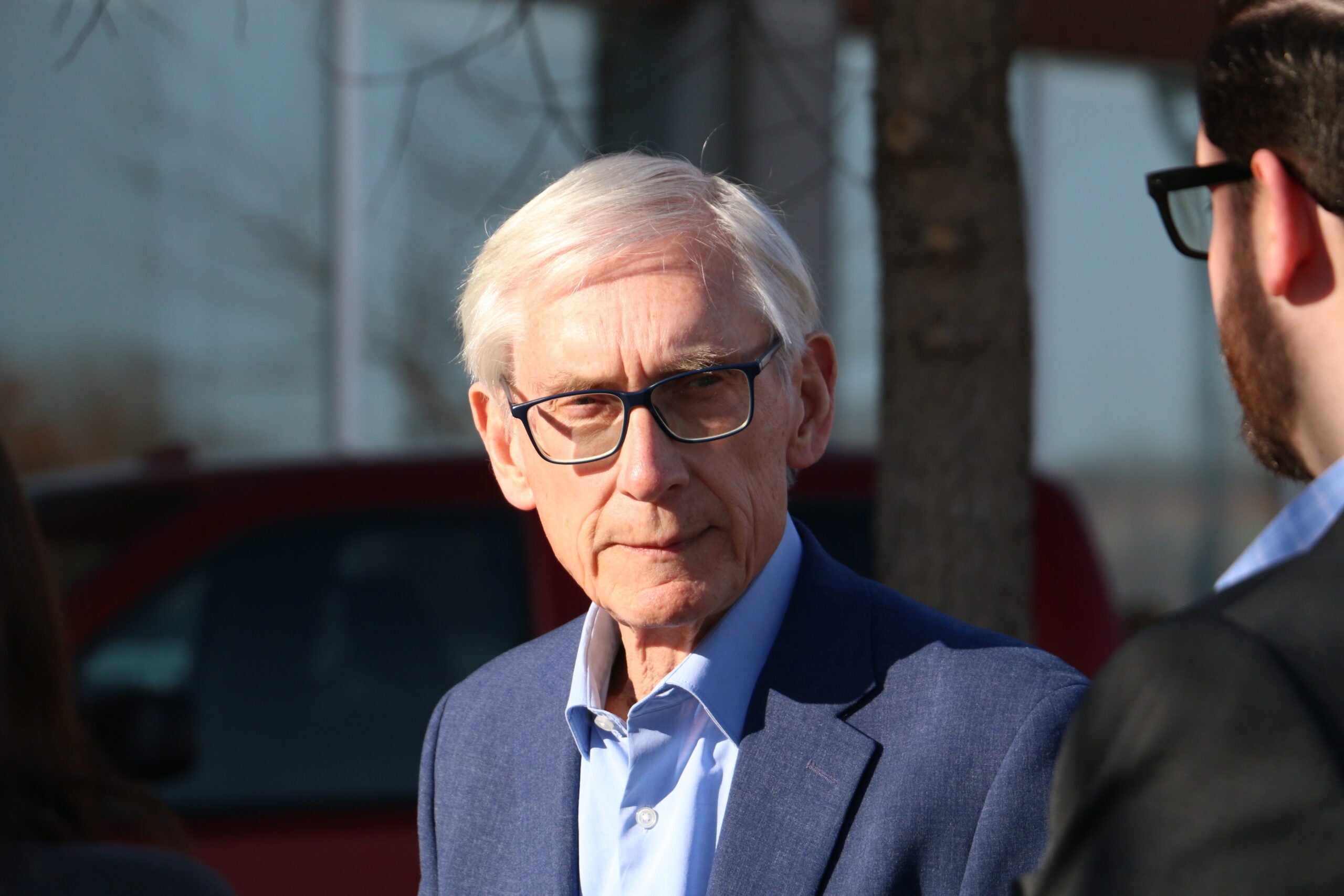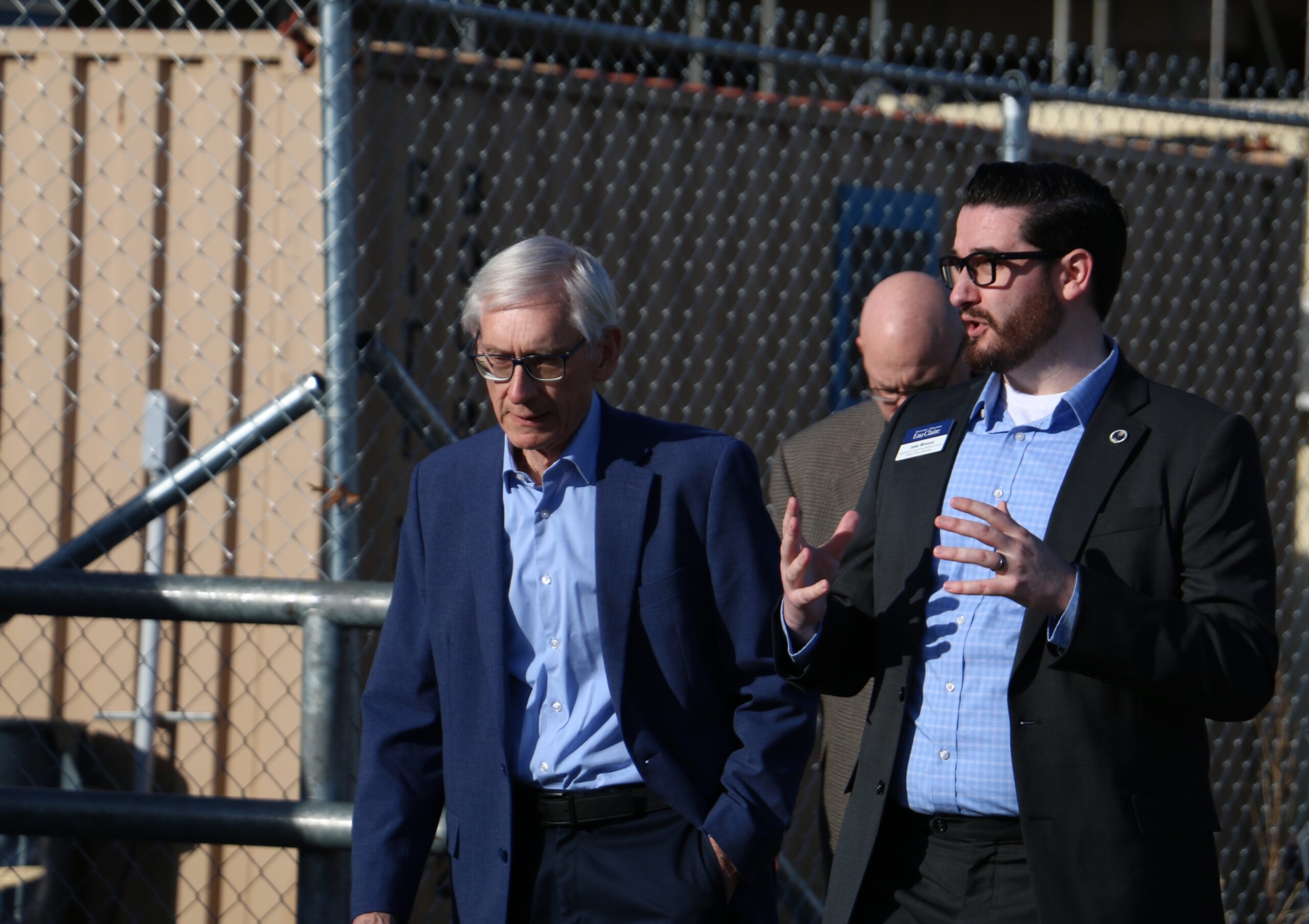Gov. Tony Evers proposed a $3.8 billion dollar capital budget Tuesday, with the largest chunk of the money— nearly $1.8 billion — going toward building projects in the University of Wisconsin System.
While the proposal would be the largest state government building plan in at least a decade, it would also borrow far less than in recent years, relying instead on a share of the state’s surplus to pay for new projects up-front. Along the way, it would fund upgrades for institutions ranging from the state Capitol to the State Fair’s Cream Puff Pavilion.
“Our historic surplus means we have historic opportunity and responsibility—to invest in key projects that have long been neglected while still staying well within our means,” Evers said in a statement announcing the capital budget.
News with a little more humanity
WPR’s “Wisconsin Today” newsletter keeps you connected to the state you love without feeling overwhelmed. No paywall. No agenda. No corporate filter.
Evers’ endorsement of the building plan is the first step in a process that would eventually need approval from Republicans who run the Legislature. In recent years, they’ve pared back the governor’s proposals but haven’t rejected them.
In 2019, when Evers proposed a $2.5 billion capital budget, lawmakers approved $1.7 billion. In 2021, when Evers proposed a $2.4 billion capital budget, lawmakers approved about $1.5 billion.
While those proposals were funded almost entirely by borrowing, which is typical for capital budgets, Evers’ latest plan would increase borrowing by about $538 million, paying for $2.8 billion of the projects with private gifts and cash.
Still, Republican Rep. Mark Born, R-Beaver Dam, who co-chairs the Legislature’s budget committee, told the Associated Press that Evers’ plan proposed “massive spending and unrealistic growth.” Born said the Legislature would craft its own capital budget by June.
Evers’ building plan for the UW System alone would be larger than any of the state’s overall capital budgets since at least 2011.
Some of the largest UW projects include $347 million to replace the Madison Engineering Building, including $150 million from private gifts. Evers would also spend $169 million on a new home for the School of Education’s Art Department.
Elsewhere in the UW System, Evers proposed $182 million to complete an academic science facility at the UW-La Crosse. He also called for $231 million for a new UW-Eau Claire facility that would house the Biology, Computer Science, Geography & Anthropology and Geology programs.
Outside of the UW System, the budget would fund improvements to state government’s operations that include $41 million in fiber in cable upgrades at the Wisconsin Capitol building and $141 million for upgrades at the downtown Madison office building known as “GEF 1.”
Evers would spend $160 million for a new Wisconsin History Museum in downtown Madison.
The capital budget would make good on a long-delayed commitment to fund a replacement for the Lincoln Hills School for Boys and Copper Lake School for Girls. Both youth prisons were originally slated to close by Jan. 1, 2021.
Evers would spend $12.5 million to renovate the existing Cream Puff building at Wisconsin State Fair Park, which was last remodeled in the mid-1990s. The capital budget request said the current building has hit its capacity, and the upgrades will let it handle larger crowds.
It’s not the only kitchen in the capital budget. Evers would also spend $41 million to replace the central kitchen at the King Veterans Home.
Sports facilities would also get funding under the governor’s plan. He’d spend $285 million to replace and upgrade buildings around in the Camp Randall Sports Center in Madison and $15 million in state funds for a new Woodman’s Sports and Convention Center in Janseville. Evers would also set aside $45 million for a new soccer stadium in Milwaukee.
Wisconsin Public Radio, © Copyright 2026, Board of Regents of the University of Wisconsin System and Wisconsin Educational Communications Board.
